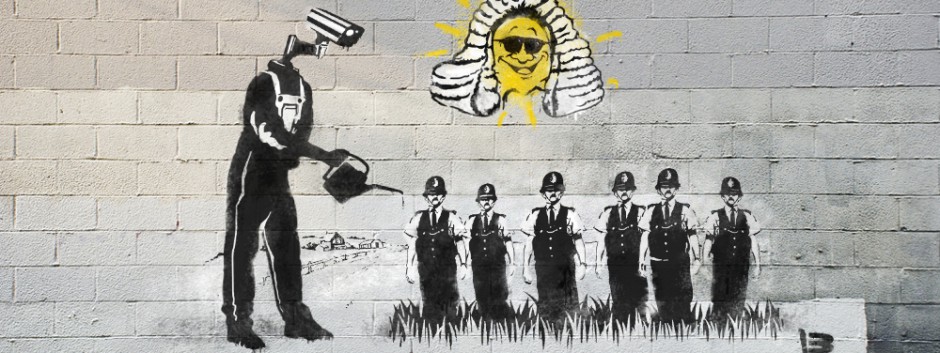The relationship between sound, language and technology is that they are the foundations of effective communication. They are the powerful tools that enhance the way we interact with each other and how we understand the world around us. Language is used in verbal communication and writing however, in the past slaves used drums as a way to communicate among each other. Their masters, who detested the use of drums, believing it could be used to incite a rebellion, banned drums in most places. Though their belief could be true, the slaves used the sound/ rhythm of this instrument as a language to express themselves and in connection with their African culture. According to the book “Drums and Power: Ways of Creolizing Music in Coastal South Carolina and Georgia, 1730-1790, by Richard Cullen Rath, he states, “They feared drums as loud signals that could lead men on a battlefield so they banned loud instruments…but they failed to comprehend how African Americans were able to represent themselves and their agendas in their music rather than just signal with it…it functioned as an immanent and immediate means of representing and communicating ideas in a repeatable form, somewhat like a spoken language.” Sound was important in conveying messages or ideas, a way of speaking through music.
The connection between sound and language gives meaning to things in the natural world and the ability to communicate how it affects us. According to the book “The Souls of Black Folk,” by W.E.B Du Bois, he states, “And so by fateful chance the Negro folk-song—the rhythmic cry of the slave—stands to-day not simply as the sole American music, but as the most beautiful expression of human experience…” He describes how African Americans, post-slavery, used songs of the past to “speak to” America. The sound and language of the songs were important, as they expressed the pain, restlessness, and the hope that slaves experienced. The language used in these songs correlated with the sound, which strengthened the message and was found to move listeners. This adds perspective to how powerful these songs were based on the tone and language of the singers.
Technology would be the tangible tool that improves sound and language for better communication, as it can be designed to do so . According to the book “Sound, Modernity and History,” by Emily Thompson, she states, “By starting here, with the solidity of technological objects and the material practices of those who designed, built and used them, we can begin to recover the sounds that have long since melted into air. Along with those sounds, we can recover more fully our past.” This explains how with the use of sound specific technology we can explore the past and the thinking of the people who designed these tools to measure it. Technology allows us to communicate information on sound or language so that it is never lost in our histories. Effective communication is the glue that makes technology, sound and language whole.



